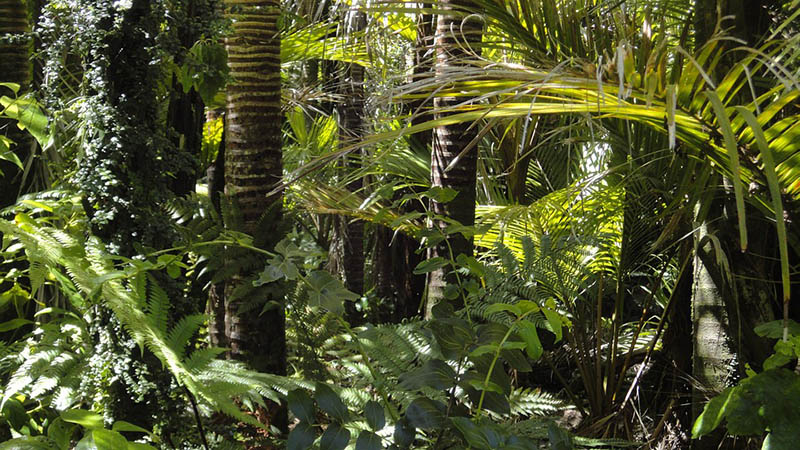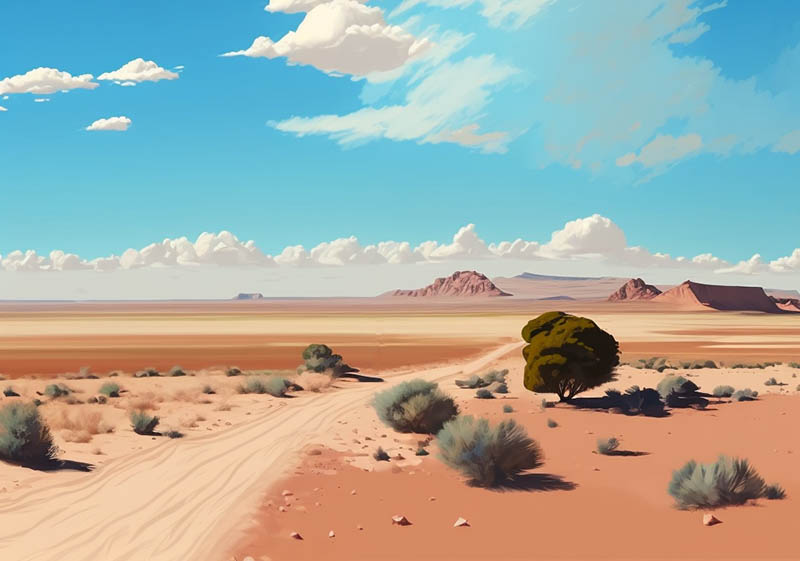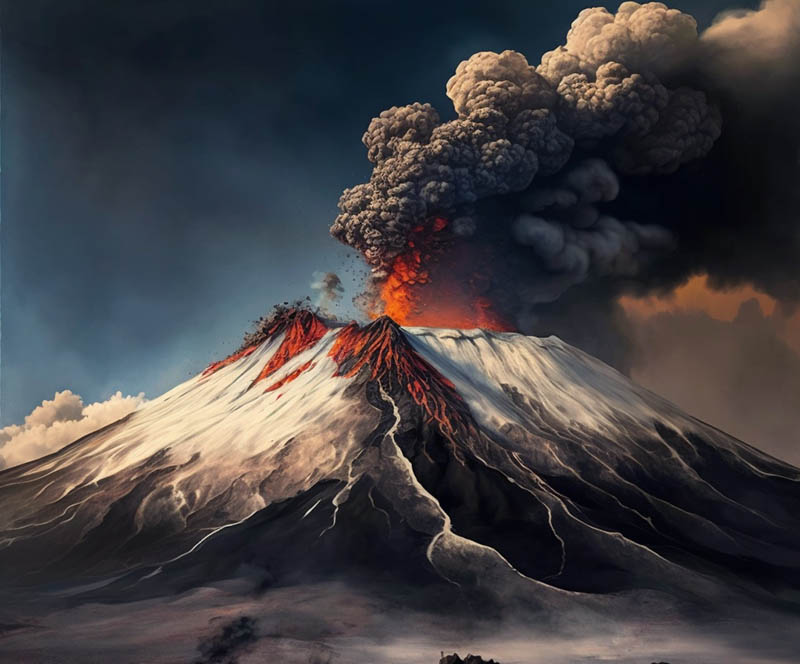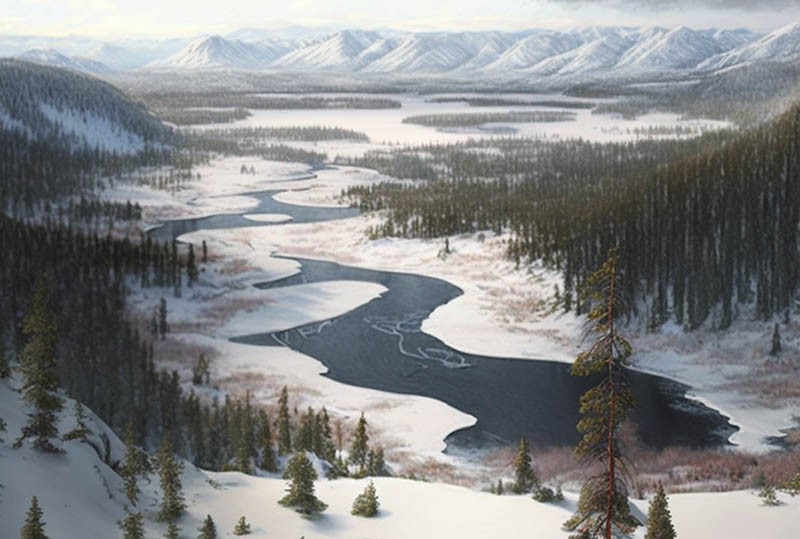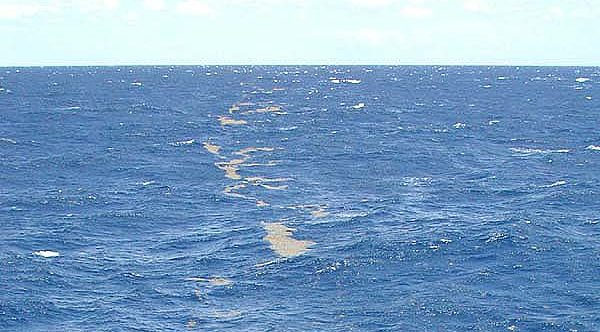The rainforest biome is teeming with life, and there is a constant fight for survival in which the strongest survive. We people don’t belong there! That’s a kingdom of mysterious and sometimes ruthless wildlife.
Facts about the rainforest climate
There’s a lot of precipitation here, between 2000 and 7000 mm per year. It means that the air here is always humid, reaching 100% usually. It means that the air humidity level here is always high, usually 100%. Even a tiny scratch can become a real problem in such conditions because wounds heal poorly. The biome of tropical forests has a significant impact on the global climate. The rainforest biome has a significant impact on the global climate, releasing and absorbing a huge amount of carbon dioxide.
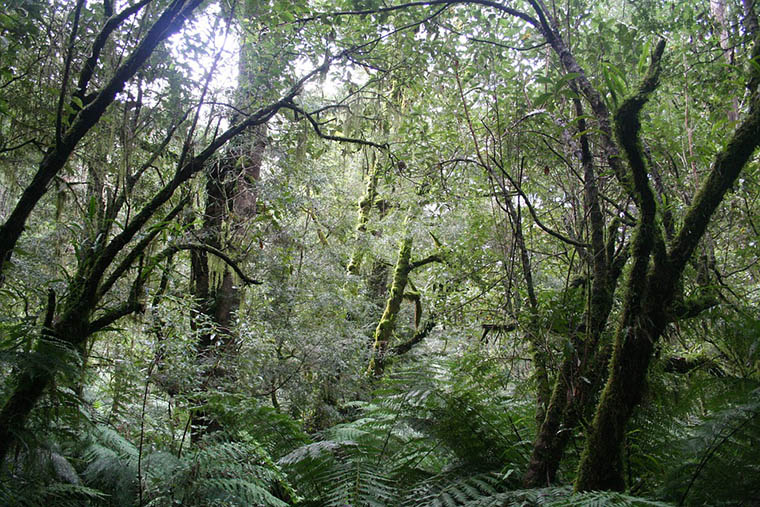
3 types of rainforests
There are 3 different rainforest biomes: tropical, subtropical, and temperate. They differ in climate, the tropical one is the most humid and warm, and the temperate one is relatively cold. Tropical rainforests can be found in South America, South and Southeast Asia, Africa, Australia, Central America, and on lots of Pacific islands. Subtropical ones also grow in North America and New Zealand, and temperate rainforests can be found on all continents except Africa and Antarctica.
Facts about the rainforest biome plants
A huge number of different plants grow in the rainforests. This is the most biologically diverse terrestrial biome! On an area of 1 hectare, 50-70 species of trees are found here. However, the undergrowth is almost undeveloped because just a little sunlight reaches the ground. The crowns of the trees close together, forming a continuous cover, so it is always kinda dark in the rainforest. The undergrowth gets only ~2% of the sunlight! Also, this biome is home to around 40.000 plant species.
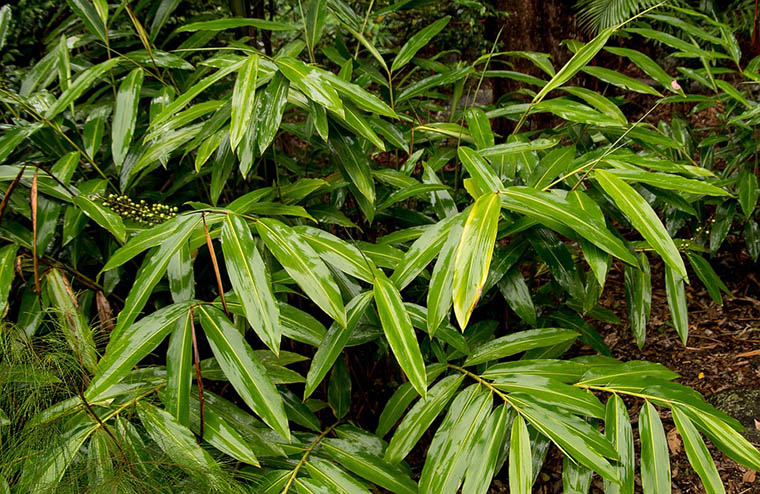
Rainforest soil
The soil in the rainforest biome is not very fertile because rapid rotting processes caused by bacteria prevent the accumulation of humus. The roots of most trees are located near the surface because there aren’t enough nutrients at depth and most of the minerals are obtained from the upper layer of decomposing plants and animals.
Clouds over rainforests
Tropical forests provide up to 50% of the water cycle by transpiration (plants consume water and pass it through themselves). Therefore, they emit a large amount of vaporizing water into the atmosphere. This leads to the formation of clouds over the rainforest biome. Water from these clouds later returns to the ground in the form of rain.
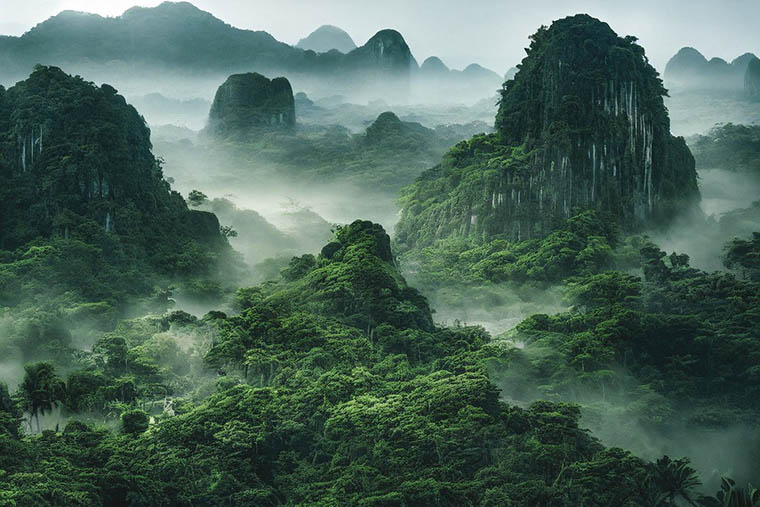
Facts about the rainforest biome animals
The rainforest biome significantly outnumbers all other forests in terms of the number of animal species. Animals of tropical rainforests reside mainly in the crowns of the trees. There are so many thousands of insect species living here that scientists discover new ones every year! Scientists claim that more than 1,300 species of birds, more than 2.5 million species of insects, and 427 species of mammals live in the Amazon forests alone.
They don’t produce a lot of oxygen
Well, technically they do, but in fact, rainforests produce approximately the same amount of oxygen and CO2. Tropical forests provide a circulation of about 28% of the oxygen in the world. However, the process of circulation is confused with the production of oxygen. The rainforest absorbs and releases approximately the same amount of oxygen and carbon. The oxygen released by trees is consumed during the rotting of leaves and wood, is used for the respiration of animals living in the forest, etc. Tropical forests sometimes emit an excess of carbon dioxide, which exceeds the production of oxygen. So, that wouldn’t be really correct to call them “The green lungs of the Earth”.
Facts about the benefits of rainforests
Tropical rainforests are a source of wood, food, medical materials, and minerals. A significant part of medicines is produced from plants of the rainforest biome. Rainforests are also important for cooling the air that passes through them. The destruction of these forests leads to soil erosion, reduction of flora and fauna species, and damage to the ecological balance on Earth. Once covering 14% of land on Earth, rainforests now make up only 6%.
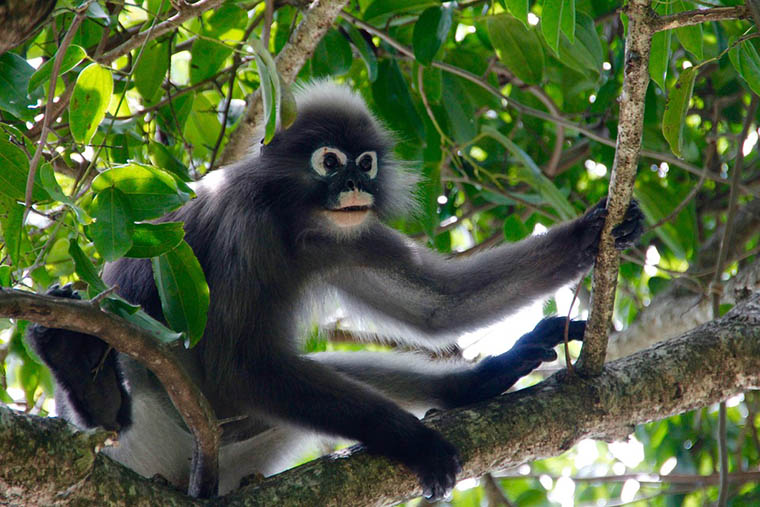
Jungle vs rainforest
Actually, jungle and rainforest biomes are very similar. The main difference is that jungle has more light under the crowns of the trees and therefore denser undergrowth. At the same time, the rainforest biome has taller trees and thick canopies.
Rain is slow here
There are lots of layers of plants in the rainforest, that’s why it could be impossible to see the sky if you come there. All these plants cover the ground so well from the rain that the first drop can fall on it only 5-10 minutes after the start of heavy rain.
